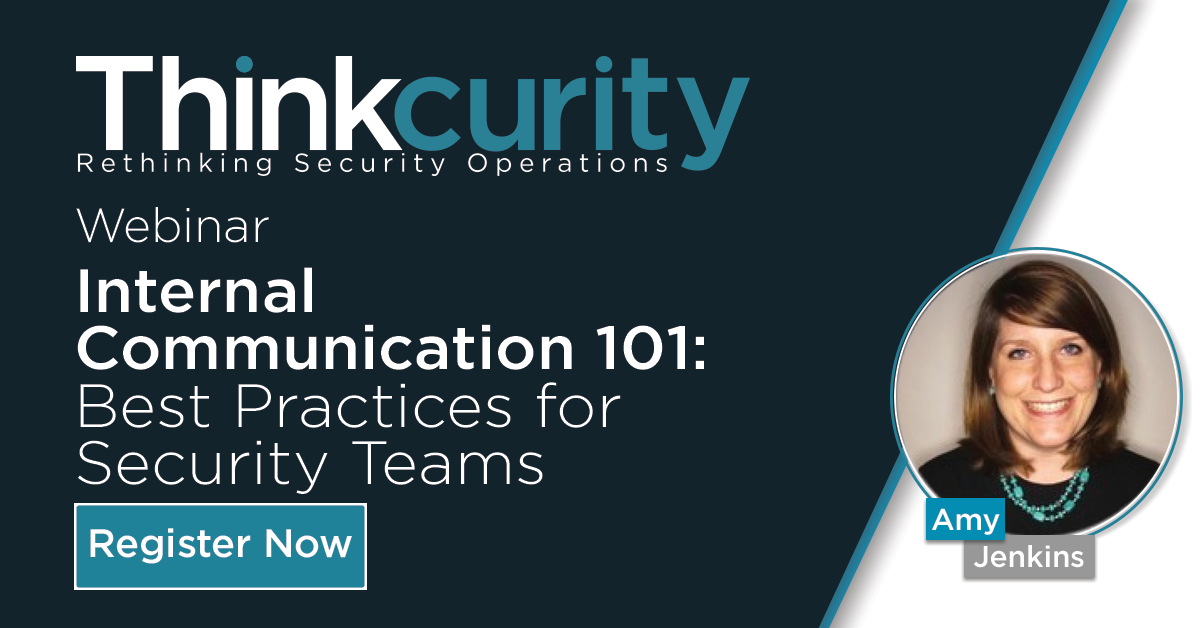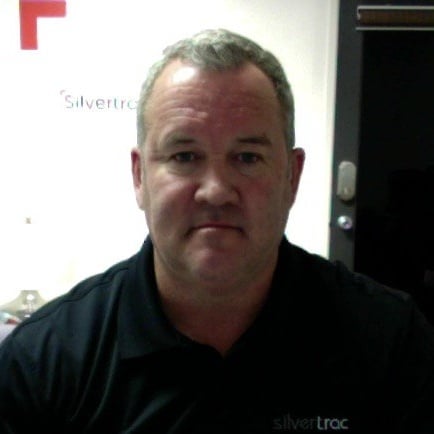Providing physical security services often means more than just checking that doors are locked and telling people to keep their noise level down. Successful physical security companies know that providing high quality security services includes paying attention to “customer service.”
Treating your clients well is a given, but security guards must also be trained on how to better interact with the community they work in. One skill that can help every security guard interact better with people in a community is tactical communication.
What is Tactical Communication?
Tactical communication is the planning, practicing, and consideration of what to say and how to say it - before and during a critical incident - to give an advantage in the situation. And by advantage, think of getting a person to complete a desired outcome - i.e. give information, vacate a premises, etc.
The bottom line is: tactical communication is important in every type of situation, not just potentially dangerous ones. It keeps people safe and calm while making sure your officers create positive interactions with everyone they come in contact with.
This article will go over the 4 basic parts of tactical communication and how it can help your security teams in a variety of situations.
- Positioning
- Posturing
- Observing
- Listening
Remember that all of these tactics can be implemented on a wide spectrum. Having good situational awareness will help officers know how to best use each of these tactics in any environment.
1. Positioning
Positioning deals with where a security officer is standing or sitting in relation to the person they are interacting with in the field. How an officer should position themselves depends entirely on the situation.
You can tell a lot from a person’s body language and tone. Someone who looks more tense and is speaking in a higher tone of voice might be more likely to get violent. In this case, it will usually be better for an officer to keep more distance to keep everyone involved safe.
If someone is speaking very quietly or will not move after being asked, the officer might need to get closer to explain the situation better without raising their voice.
Verbal communication is critical for successful positioning. If an officer ever needs to approach someone, they should first ask if it’s okay and then proceed to explain why they need to approach. If an officer needs to move away from someone, explaining why can help the person feel like their thoughts and emotions are being considered.
2. Posturing
While positioning looks at where a security guard is in relation to someone else, posturing deals with how guards position their own bodies - things like facial expressions, stances, and other non-verbal communication.
There are a few do’s and don’ts for posturing:
DO
- Smile (when appropriate)
- Stand with shoulders open towards who you’re talking to
- Make eye contact
- Move slowly
DON’T
- Stand with arms crossed
- Puff out chest
- Stand in an obvious “attack ready” position
- Hide your hands
Again, keeping in mind the context of a situation is key. Some cultures view too much eye contact as a form of disrespect. Sometimes, if an individual is already physically violent, an officer will need to be ready to move quickly and be in a posture to defend themselves and others.
Security guards need to keep themselves and others safe. That means your guards should always be prepared in their posturing for a situation to escalate, but their posture should never be the reason that a situation escalates.
(Note for armed security guards: be VERY careful about when you decide to A. Show that you’re armed, B. Have your hand on your holster, C. Draw your firearm.)
Just like with positioning, over-communicating about posture is a security guard’s best friend. By explaining what they are doing and explaining it with a smile and calm tone, people are much more likely to respond positively.
3. Observing
Having good observation skills as a security guard is a huge advantage to making better decisions in the field. Observing a situation before entering it can give the guard a ton of information that will direct how they act.
Here are two factors to consider:
Environment
Security guards should identify exactly where they are in case they need back up, look for exit routes, and evidence of any incidents they are responding to.
Individuals
Responding to suspicious people like a trespasser can be potentially dangerous. Security guards should be looking for signs that may indicate a person is at a place where they don’t belong - things like clothing that could be hiding a weapon, and body language.
Most importantly, guards should focus on getting a strategy and game plan in place before they interact with anyone in a situation. This step might even include documenting observations in an incident report first.
When possible, taking a few moments to observe and assess the situation before acting can make all the difference in a security guard responding appropriately to a situation.
4. Listening
When a security guard interacts with someone in the field, it’s their job to help keep everyone safe and calm. In order to do that, they have to listen carefully to what someone is saying so they know how they can help.
Many times, a security guard will have the urge to get to the bottom of a situation as quickly as possible so they can fix it and move on. Even when this is done with the best motive in mind, people can respond negatively when they feel like they are being rushed, pressured, or unheard.
One thing a security officer should never do when interacting with someone is interrupt them over & over again or raise their voice.
Teach your officers instead to actively listen, taking time to understand the situation and make sure that whomever they interact with feels like they’re able to get their point across. Having good observation skills will help with active listening even more because the officer can keep the context of the situation in mind.
One of the most helpful things an officer can do to better understand is to ask questions. Asking questions makes the person do the talking, making them feel like the officer wants them to be heard and will take what they’re saying seriously.
Not only are questions good for making someone feel comfortable, but they are usually a much better way of collecting information.
Whatever state the person is in, the security officer should respond with sympathy. Saying things like “I can understand why you feel that way” or “I’m sorry, could you please explain that one more time? I want to make sure I understand.”
It’s important to note that these processes should be used for both offenders as well as victims. Security officers should be trying to keep offenders calm and contained and trying to establish trust in situations. Again, the priority of the security officer should be safety.
Closing
Effective communication is a hard skill to learn, but a necessary one for private security guards. Training guards on tactical communication is critical so that they can be strategic and prepared for interactions.
If you want to learn more about this topic and others related to it - this round table discussion on communication, de-escalation, and soft skills in the physical security industry - is for you.




